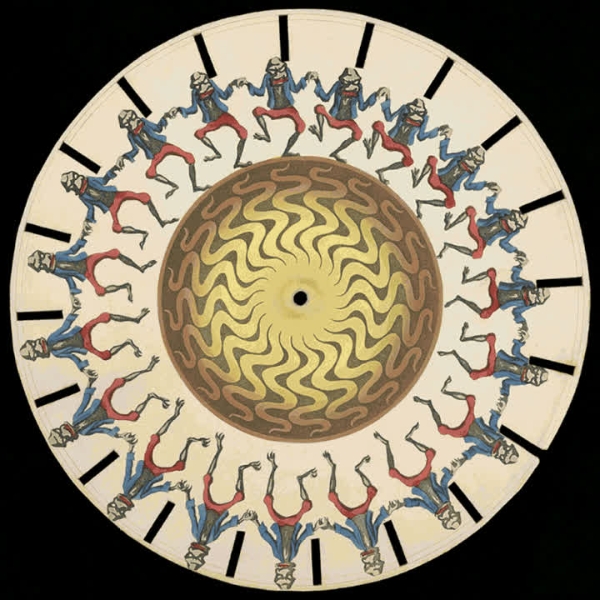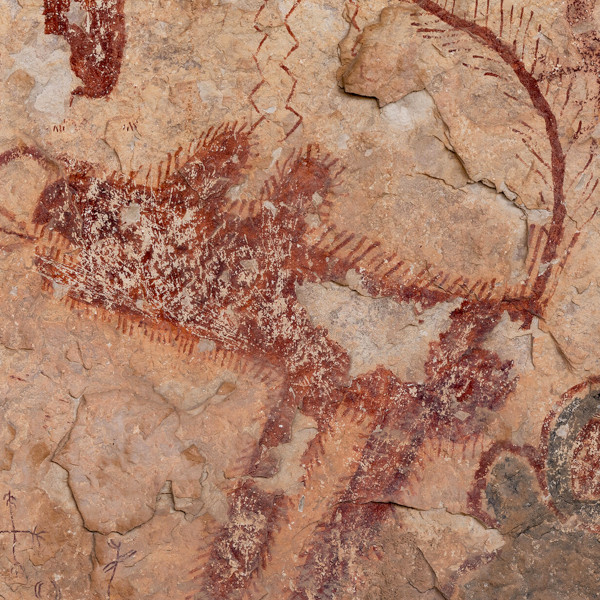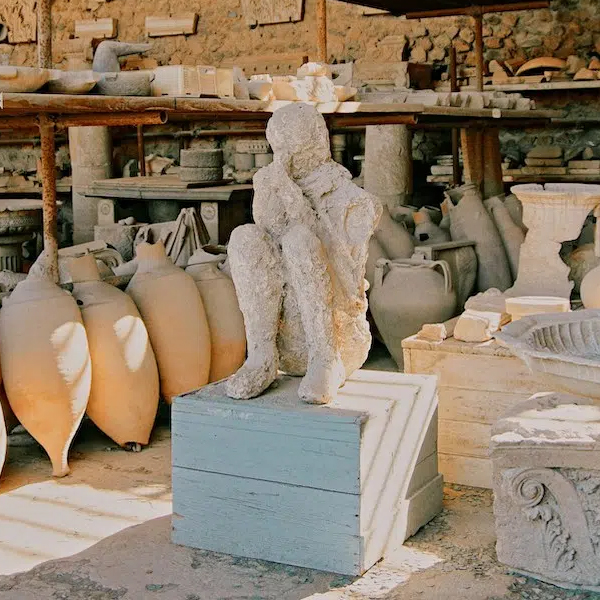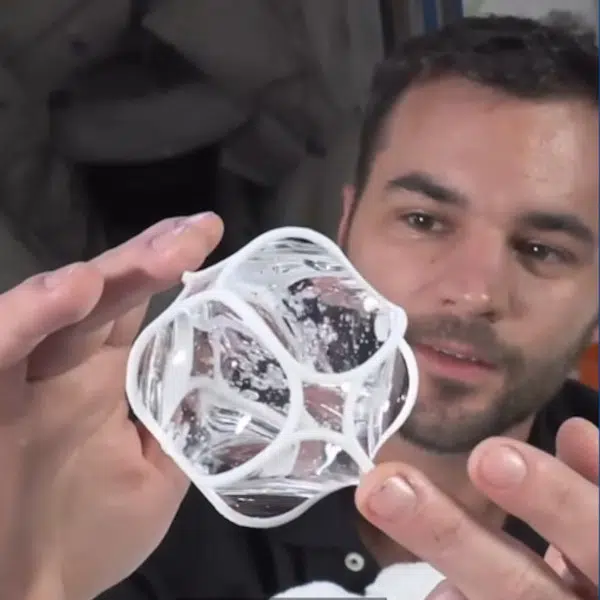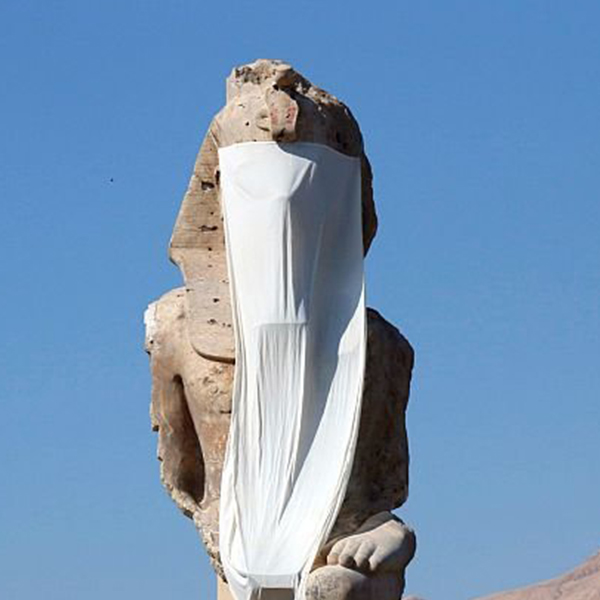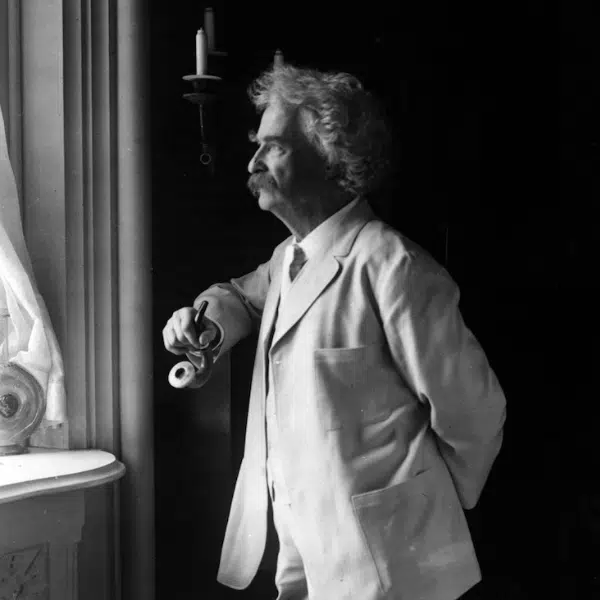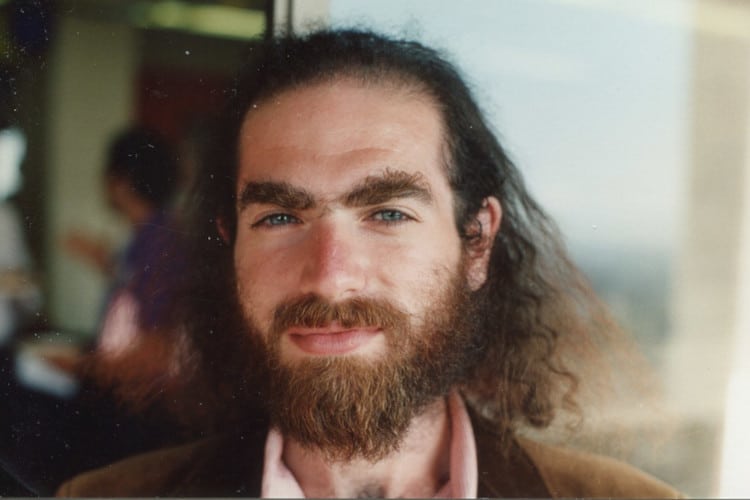
Photo: George Bergman via Wikimedia Commons (CC BY-SA 4.0)
After spending years on end studying and researching, many scientists are thrilled to receive an award. But some, like Grigori Perelman, prefer to avoid the fame that comes with significant breakthroughs. Between the 1990s and the first years of the 21st century, Perelman proved conjectures that had fixated mathematicians over the last decades. And yet, when he was offered the Fields Medal, regarded as the equivalent to the Nobel Prize of Mathematics, he declined the prize.
Grigori Perelman was born in Leningrad, Soviet Union, (now Saint Petersburg, Russia). His mother, who gave up graduate work in mathematics to raise him, noticed Perelman's talent with numbers when he was 10. The mathematician went on to get a PhD from Leningrad State University, and his work earned him research positions at several universities in the United States.
The conjectures Perelman tackled had long been open problems in mathematics. This means that while solutions may have been hypothesized, no one had been able to provide the airtight logical proofs to those solutions. This is the level of justification that mathematicians require before accepting a new piece of mathematical knowledge as fact.
In 1994, Perelman proved the soul conjecture. In Riemannian geometry, manifolds are the seemingly straight lines that make up one, two, or three-dimensional geometric shapes at their tiniest, most detailed level. Perelman proved that smaller structures that mimic the actual shape—for example, curves—can be found within the overall object. More impressively, he did so in a short scientific article.
About a decade later, Perelman developed new techniques in the analysis of Ricci flow, a concept used in differential geometry and geometric analysis regarding diffusion of heat and the heat equation. In 2004, the mathematician proved the Poincaré conjecture, which proposes that if a loop drawn on that object down can be shrunk to a single point without “cutting” the object, then an object is a sphere. The Poincaré conjecture had been formulated in 1904 by the French mathematician Poincaré, remaining one of math's biggest mysteries for nearly a century. Coming to a resolution took him nearly seven years of work in isolation.
These breakthroughs dazzled the scientific community, and Perelman was offered the Fields Medal for “his contributions to geometry and his revolutionary insights into the analytical and geometric structure of the Ricci flow.” However, Perelman declined the award, stating: “I'm not interested in money or fame; I don't want to be on display like an animal in a zoo.” He also declined the $1 million award from the first Clay Millennium Prize for his resolution of the Poincaré conjecture. He explained that his work was no greater than that of Richard S. Hamilton, the mathematician who introduced the concept of the Ricci flow.
After these achievements, Perelman stepped away from academia, disillusioned by the ethical standards in the field. In 2005, he quit his research job at the Steklov Institute of Mathematics, announcing he was distancing himself from a year later. Now, he lives in seclusion in Saint Petersburg, where he takes care of his ailing mother.
Many today wonder if he continued to work on math at his own pace or whether he let go of his lifelong passion for good. Either way, his findings represent watershed moments that continue to illuminate contemporary mathematicians.
Thank you to Michael O'Leary for his mathematics expertise, consultation, and contribution to this article.
Related Articles:
Who Was Isaac Newton? Get to Know the Alchemist, Physicist, and Mathematician
Who Was Pierre de Fermat? The Mathematician Who Left Behind a Mysterious “Last Theorem”
NASA Mathematician Katherine Johnson Is Honored With a New Spacecraft Named After Her
Mathematician Creates Intricate Drawings Using One Continuous Line











































































